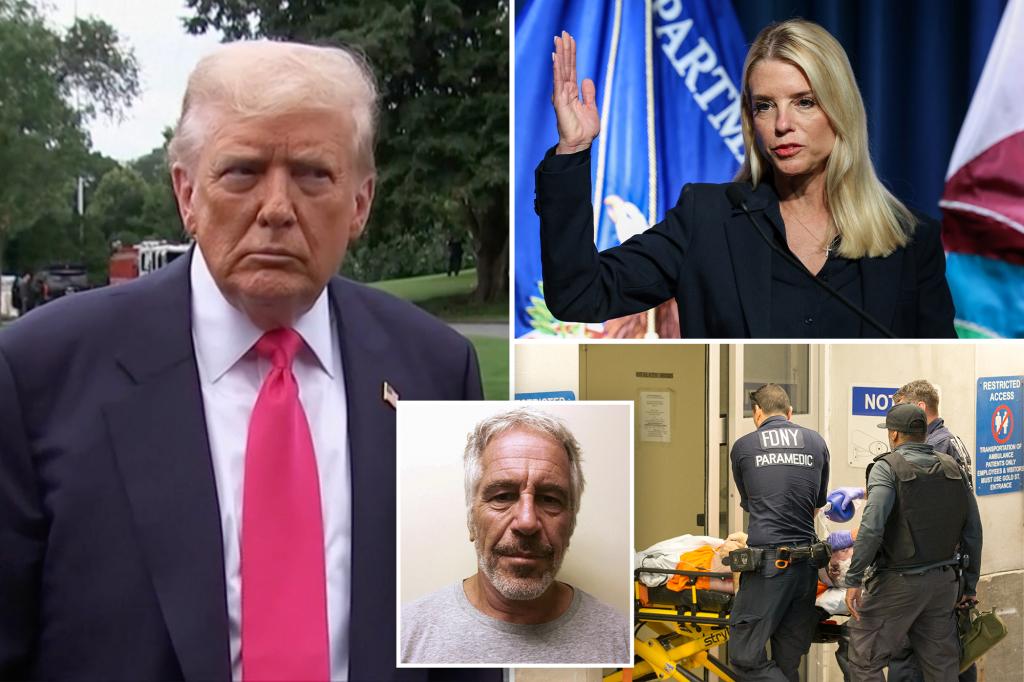In a sweeping series of rulings, the U.S. Supreme Court granted all 15 of President Donald Trump’s emergency applications since April, enabling him to reshape the federal government with unprecedented speed.
From firing civil servants to gutting entire departments, the court’s quiet assent is fueling a dramatic remaking of American governance.
Why It Matters
The Supreme Court’s emergency rulings are allowing Trump to rapidly reshape key federal institutions without full judicial review.
By granting stays and lifting injunctions—often without explanation—the court has enabled him to fire civil servants, restructure or eliminate agencies like the Department of Education and enforce controversial immigration policies.
The Supreme Court justices, including three nominated by Trump in a 6-3 conservative majority, have facilitated actions such as revoking legal protections for more than 1 million immigrants, dismissing thousands of federal employees, barring transgender individuals from military service, and replacing leaders of independent government agencies, among other measures, bypassing normal checks and balances, accelerating Trump’s agenda while limiting transparency and oversight.
What To Know
When June Grasso asked professor David Super of Georgetown Law on the July 16 Bloomberg Law podcast if Trump could effectively dismantle the Department of Education, he replied: “What has certainly been done is that given the court’s previous rulings for Trump, especially last week’s ruling that allowed the administration to begin mass firings at federal agencies, this one came without any explanation at all.
“What the court’s done in prior cases upholding the administration is nitpick the challengers to death finding small, often semantic defect in what they’ve done, construing jurisdiction extraordinarily strictly.
“But in this case, they simply allowed the president to go forward with activities that seem patently illegal without giving any explanation as to why it was acceptable.”
Here’s a consolidated summary of the 15 emergency rulings granted by the U.S. Supreme Court since April in response to Trump’s applications, with vote details where available:
1. Federal Workforce Reductions
Trump v. AFGE
- Issue: Nationwide injunction blocked mass federal worker terminations.
- Supreme Court Vote: 6-3, Justices Sotomayor, Brown Jackson and Kagan dissented.
- Result: Injunction stayed; Trump allowed to proceed with cuts.
2. Education Department Reinstatements
McMahon v. New York
- Issue: Required rehiring of Education Department officials.
- Supreme Court Vote: 5-4.
- Result: Lower court order paused, enabling Trump to proceed with agency overhaul.
3. Birthright Citizenship Executive Order
Trump v. CASA
- Issue: Trump seeks to end birthright citizenship via executive order.
- Supreme Court Vote: Not specified, emergency stay granted.
- Result: Injunctions lifted; birthright citizenship restrictions allowed to proceed pending appeal.
4. DHS Deportation Policy
DHS v. D.V.D.
- Issue: Blocked deportations without torture risk assessments.
- Supreme Court Vote: Not specified.
- Result: Deportations resumed under revised policy.
5. Labor Board Reinstatements
Trump v. Wilcox
- Issue: Removal of NLRB and MSPB members challenged.
- Supreme Court Vote: Not specified, stay granted.
- Result: Trump removals upheld for now.
6. DHS Parole Policy Repeal
Noem v. Doe
- Issue: End of categorical parole for certain nationalities.
- Supreme Court Vote: Not specified.
- Result: Trump policy allowed to proceed.
7. Social Security Access Limits
SSA v. AFSCME
- Issue: Restricted union access to SSA systems.
- Supreme Court Vote: Not specified.
- Result: Restriction allowed to take effect.
8. DOGE FOIA Disclosures
U.S. Doge Service v. CREW
- Issue: FOIA request for DOGE-related records.
- Supreme Court Vote: Not specified.
- Result: Disclosure blocked pending further review.
9. Immigration Removals to Third Countries
Trump v. J.G.G.
- Issue: Deportation under Alien Enemies Act.
- Supreme Court Vote: 5-4.
- Result: Deportations permitted.
10. Deportation Notice Requirements
W.M.M. v. Trump
- Issue: Due process in deportation to unsafe nations.
- Supreme Court Vote: Not specified, remanded for notice standards.
- Result: Some removals delayed pending notice review.
11. Firing of Federal Watchdog
Bessent v. Dellinger
- Issue: Independent oversight official terminated.
- Supreme Court Vote: Not specified, stay lifted.
- Result: Trump firing allowed.
12. Education Grant Rule Reversal
Education Department v. California
- Issue: Funding obligations reinstated by lower court.
- Supreme Court Vote: 6-3.
- Result: Reinstatement order blocked.
13. CDC Parole Program Rollback
Noem v. National TPS Alliance
- Issue: Removal of TPS status for Venezuelans.
- Supreme Court Vote: Not specified.
- Result: TPS rollbacks allowed.
14. Judicial Reinstatement for State Representative
Libby v. Fecteau
- Issue: State court removed lawmaker over “insurrection” claim.
- Supreme Court Vote: Not specified.
- Result: Reinstatement ordered.
15. Alien Enemies Deportation Procedure
A.A.R.P. v. Trump
- Issue: Minimum due-process rights before removal.
- Supreme Court Vote: Not specified, emergency stay modified, requiring basic notice.
- Result: Deportations can proceed with notice safeguards.
What People Are Saying
Constitutional law expert David Super, a professor at Georgetown Law, was asked on June Grasso’s July 16 Bloomberg Law podcast: “Can you hazard a guess as to why they’re giving Trump everything he wants? Are they just throwing up their hands and saying he’s the president?”
Super: “Well, the chief justice has long been known for wanting to present as united a court as possible. I’m guessing that the chief justice has reached the point of despairing of getting his colleagues to join him and is not eager to override the administration on bare 5-4 or 6-3 votes.”
Read the full article here
